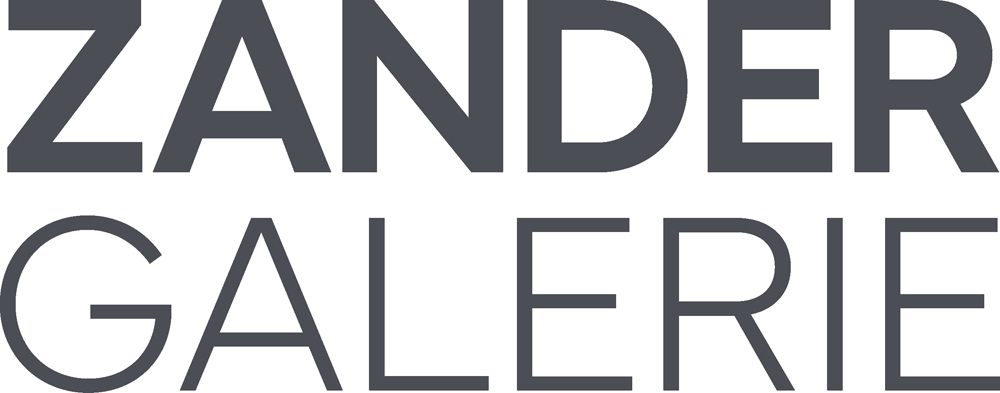LOTHAR BAUMGARTEN Sidetracks
Galerie Thomas Zander is pleased to present the exhibition Sidetracks, a comprehensive presentation by the internationally renowned artist Lothar Baumgarten, which opens concurrently with Art Cologne.
Invited to a solo exhibition at the Museum of Contemporary Art in Los Angeles (1989), Lothar Baumgarten set out on a four-month research to develop a photographic essay about the pioneering industrial achievements during the ‘settlement of the West’. He developed his project Carbon, which is composed of photographs, wall drawings, and short stories. The photographic canon is accompanied by wall drawings, whose typographic segments mirror the construction of bridges, semaphore systems, and rail structures. In unexpected ways, although noted during the observation of the eye, actually focused occurrences accompany the dialogue between the camera and its subject. The very density of the perceived is hard to make up. Sidetracks reveals and speaks of the distraction at the snatch of release, the exposure of the filmstrip. The key moment, in which external and internal view seek alignment. It is the chemistry, which despite any ambivalence determines an image. Time brought to a standstill records the ‘Is’, documenting the decision for that which was looked at. In the subsequent collaboration with Walter Nikkels, this collection of material found its manifestation and conclusion in the unique book Carbon. Galerie Thomas Zander mounts the most comprehensive presentation of this work in Germany to date, including more than 45 gelatin silver prints, several large-scale wall drawings, and the book Carbon. The presentation is complemented by further material from the genesis of the project. All in all, the series Carbon consists of over 200 photographs.
CARBON – A Demography of 'Settling the West'
The subject and raw material of Carbon is the aroma of geography, as embodied in the names of the railroad lines covering this country. These names are polyphonic. They talk back to us about the confrontation of two multiple-shaped worlds: that of the continent's first inhabitants and that of the pioneer migrants to the West. On the one hand, the names reflect the movement of a territorial expansion, the natural destination of which was the Pacific Ocean; on the other, they testify to an older stratum, that of the native societies, their rivers and mountains, fords and trails. The linguistic blend of these names signifies the superimpositions of heterogeneous cultural strands.
The confrontation of the two worlds, accelerated by the advance of the rail, was generally not a harmonious one: the local cultures not confined to reservations, more often than not, were exterminated. As the land was gradually cleared of its native people, the westbound settlers, claimed it as their own agricultural soil; private entrepreneurs followed suit and built the largest railroad system in the world, employing Chinese immigrants, men of yet a third continent, as their recruited manpower.
Prerequisite to the development of the newly acquired lands, an impressive fabric of tracks and sophisticated bridges was thus woven, built upon the pillars of Indian expropriation and Chinese exploitation. The railroad covered a continent of miraculously diverse landscapes, animals, and plants, some of them changed, cultivated, or eventually destroyed, some preserved as they were before the coming of the white man. Encompassing the rail network and its environs, the diversity of peoples, history, and landscape has been the constant companion of the enchanted rail traveler through the years.
For a time I became such a traveler. I sensed what it is like to live in a nation steadily on the move. Carbon connotes the confrontation of cultures that have been a part of this movement and development through an artistic grammar that engages the particular geographic and architectural contexts of its site. As Marcel Duchamp once said, America is ‘Plumbing and Bridging’. (LB)
